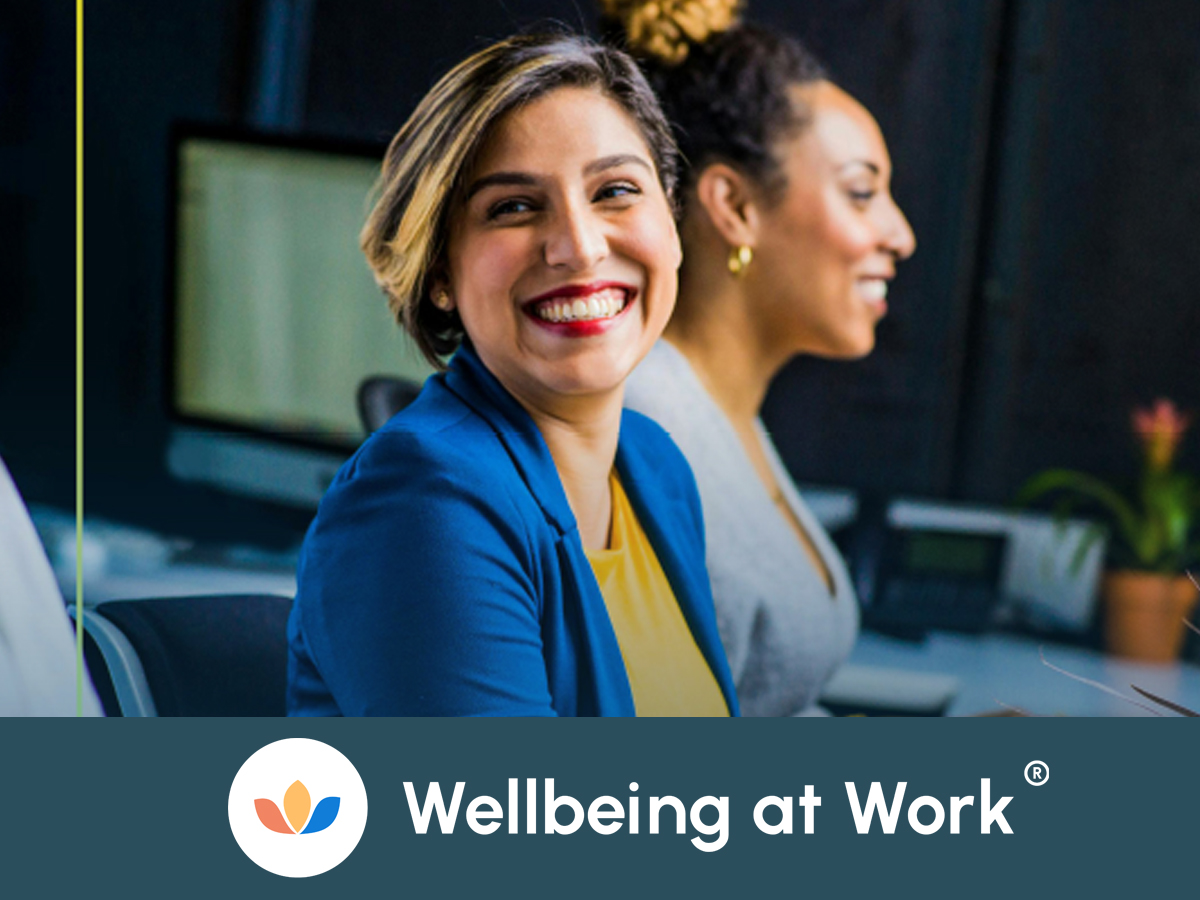
Niya Bajaj is a communications and wellness advisor at the Corrections Leadership and Management Fundamentals Unit at the Ministry of the Solicitor General at the Ontario Public Service (OPS) where she is collaborating on the design, development and delivery of the Leadership Pathways Program, an evidence based approach to leadership education informed by lived experience and best practices.
Inspired by her work to improve equity and inclusion at Canada’s largest student union, and informed by experience in re-launching a major employee wellness brand she has spent her career gleaning performance insights from diverse leaders across ten OPS Ministries and agencies.
We caught up with Niya in preparation for her involvement in the Wellbeing at Work Summit Canada which takes place from September 26-28 live and in-person in Toronto & Calgary to find out why she is so passionate about wellbeing at work and why she is looking forward to the Summit.
We are thrilled that you will be speaking at our Wellbeing at Work Canada Summit in September. Our first and most important question is, how are you doing today?
I’m doing really well! I started my day with an energising therapeutic yoga practice, and then spent some time in my garden checking on my tomato plants – with some help from my cats. I spent the rest of the day writing an article about how the eight limbs of yoga map onto the eight dimensions of wellbeing for effective, sustainable self-care across a lifetime.
As a leader based in the region, what are the main challenges your you are facing when it comes to employee wellbeing?
There are two main challenges when it comes to employee wellbeing:
- Positional leaders are so invested in caring for their teams that they’re burning out, and not accessing supports that they are aware of and refer their team members to.
- Working in what for many has been a long term volatile, uncertain, complex and ambiguous state without much acknowledgement of the grief that comes with rapid change and space for collective processing.
What strategies have you seen developing over the past 6 months, both internally and externally, that is moving the dial on wellbeing in the workplace?
Over the past six months a number of informal, employee driven networks have formed around key wellbeing issues including developing mindfulness practices, addressing issues around inclusion – whether they’re related to diversity, accessibility or decolonization. These networks have then connected with each other to create spaces and programs that meet employee needs in the moment – whether they’re doing a daily community mindfulness practice, or creating space for collective grief in the wake of mass shootings. This highly responsive, connected, grassroots work has created informal safe spaces that can then be supported by more formal employer driven programs.
Why is employee wellbeing so important to you personally?
As someone who lives with chronic pain and disordered eating, I know how much my leadership capacity and performance is compromised when I’m not well. I imagine it is the same for others. This is particularly important because as leaders we have a responsibility to ensure that we are well, and that we inspire and support our teams to be well so they can build and maintain institutional systems that provide high-quality inclusive, accessible, thoughtful service to the people who need them. If leaders aren’t well, it impacts how their teams deliver, and can negatively impact the wellbeing of everyone who engages with the systems we maintain and services we provide.
What are you most looking forward to about the Summit in September?
Since my current work is in Correctional Services, I’m looking forward to hearing from Ivy Nanayakkara and since I’m very interested in the impact of leadership on wellbeing, I’m excited to hear from the diverse panel of speakers who will be unpacking what it means to have an organisational culture of wellbeing, and the role that leaders play in shaping and maintaining that culture in periods of change.
Tell us, what is your vision for the workplace of the future, in terms of engagement, health and wellbeing?
My vision for the workplace of the future is one that is truly human-centred, such that it privileges the people doing the work, as well as the people receiving the products and services in a way that recognizes our shared humanity. This includes grounding work in the principle that people who are well – across all eight dimensions of wellbeing, are able to tap into their creativity and sense of purpose to deliver sustainable results.
What areas do you think employers should be focused on over the next 12 months?
3 key areas employers should invest their interest in are:
- Adaptive hybrid workplace models – wellness isn’t one-size-fits-all and neither is work. Changes in models of how we work have opened up possibilities to meet people where they are to create workplaces that are truly accessible – whether it’s physical accessibility, or spaces where neurodivergent colleagues can thrive. People managers have the opportunity to interpret policy to support their teams so that individuals who thrive on being in the office can be there as often as they would like, while those who have care arrangements can work around them, and those who need to be in different spaces can do so. This is a great time to invest in the relationships that are the foundation of culture, listen deeply and explore solutions so people can be well.
- Integrating technology – Similar to hybrid workspaces, we have more technology than ever to automate quotidian tasks that don’t require insight or creativity – the repetitive ones that often get in the way of creativity and relationships and can burn people out. Employers have the opportunity to tap into human centered systems design thinking to better support their teams and improve outcomes for service and product recipients.
- Integrated wellbeing – most employers have gained proficiency in talking about mental health, which is great, but is important to remember that it is one of eight aspects of wellbeing. Truly supporting employees to be well means investing in the other 7 – including their environmental, occupational, physical and social wellbeing. We invite people to bring their whole selves to work, and it would be great to demonstrate how we are supporting their whole selves.
How has your organization been leading the way?
We have deliberately integrated wellbeing into our leadership model such that leaders are encouraged to deliberately reflect on what supports their wellbeing and to lead in an embodied, generative, somatically competent way. This includes building strong relationships across the organisation so they can influence and inspire others with their practices – walking the walk, without always talking the talk.
Niya will be speaking in Toronto at the Wellbeing at Work Summit Canada that takes place both live and in-person in Toronto and Calgary, and virtually for the wider region. Further details on the Summit can be found here.



